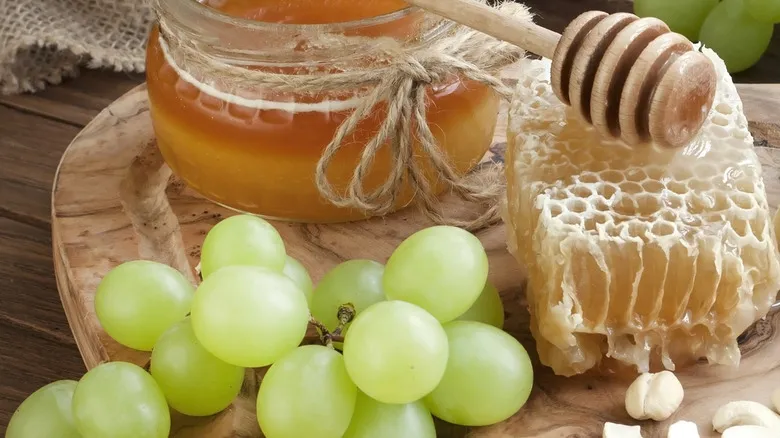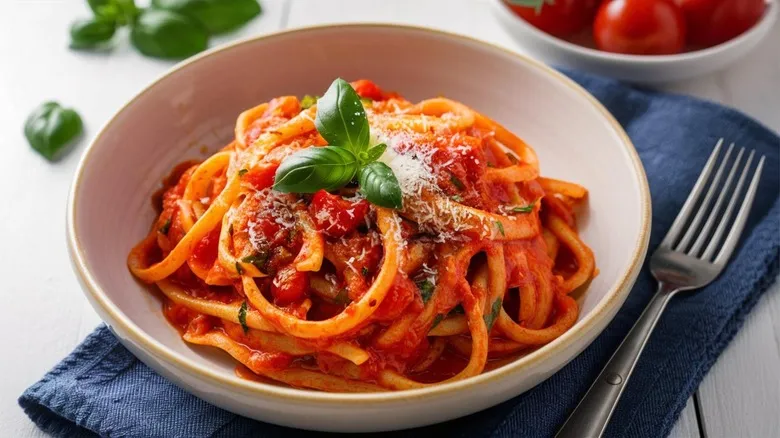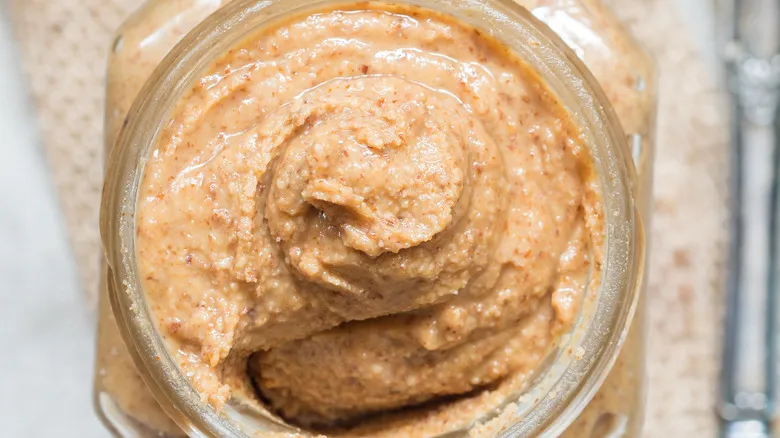What is mead?

The process of making mead has remained largely unchanged since ancient times. Both ancient and contemporary mead are crafted using the same fundamental ingredients: honey, water, and yeast. Once these components are combined, mead-makers allow the mixture to ferment and mature until it achieves the desired flavor and alcohol level. The final product typically appears pale or golden yellow, with a light sweetness and earthy undertones from the honey. Many meads also feature floral notes from wildflower honey, while darker varieties, like buckwheat honey, can impart richer, nutty flavors.
While the mere mention of mead may evoke images of armored Vikings singing and toasting over roasted meats and legendary tales, archaeological evidence suggests that mead likely originated in ancient China around 7,000 B.C. Similar findings from slightly more recent periods have also been discovered in India, Greece, Rome, and Egypt, indicating that mead was enjoyed across the ancient world for millennia.
Thus, while the portrayal of Norsemen savoring mead from ale horns is not inaccurate, it is far from the earliest instance of people gathering around this golden drink. Often featured in folktales, mead was also commonly used in rituals and as offerings to pagan deities. This reverence may stem from the fact that honey never spoils, which would have seemed miraculous in ancient times.
What is wine?

In simple terms, wine is created from a mixture of crushed grapes (or other fruits), yeast, water, and occasionally sugar. This combination undergoes fermentation and aging, resulting in alcohol and the wine's famously intricate flavors. Red wines are produced by fermenting grapes with their skins, while white wines are made by removing the skins during the crushing stage. Other fruits, like blueberries, apples, and even pineapples, can be used to craft unique fruit wines.
Historical evidence suggests that wine may have first appeared in China around 9,000 years ago, possibly alongside mead. However, clear evidence of wine production emerges in the 6th millennium B.C. in regions that are now Armenia, Türkiye, and Georgia. Artifacts discovered in these areas provide strong proof of wine production and storage, including vessels containing wine residue, as well as signs of early grape cultivation. This is fitting, as these regions are still renowned for their wine grapes today.
In contemporary times, winemakers worldwide utilize these and other meticulously cultivated grape varieties to produce wines that range in color from deep burgundy and rosé pink to bright golden and pale lemon yellow. The flavors of these wines also vary widely, from rich and dry to light, vibrant, and sweet. Notably, German ice wines are particularly sweet, as they are made from grapes that are allowed to freeze on the vine, intensifying their natural sugars.
Mead & wine's shared origins (plus other similarities)

Mead and wine are both ancient beverages, dating back to the 7th millennium B.C. It's difficult to determine which one originated first, as the earliest discovered wine mixture contained grapes, honey, and rice. While grapes may have been the primary ingredient, rice likely served as the yeast source, with honey providing nourishment for fermentation. However, similar mixtures without grapes have also been found, making it challenging to ascertain whether honey or grapes were the dominant flavor.
The processes for producing mead and wine are quite alike. Both begin with a combination of the main ingredient (honey for mead and grapes or other fruits for wine) and yeast. This mixture is then fermented and aged to achieve the desired alcohol by volume (ABV) and flavor profile. The alcohol content of mead and wine can vary significantly, typically ranging from about 3% to 23% ABV, depending on the amount of sugar available for fermentation and the aging duration.
Additionally, mead and wine are remarkably versatile, offering a wide array of varieties. For example, a strawberry-flavored mead can pair beautifully with a Belgian waffle at brunch, just as a light, bubbly rosé wine can. Spiced mead and fortified wine can also be gently heated and enjoyed with an orange slice on a chilly winter evening.
Mead and wine differences

Although mead is sometimes referred to as "honey wine," it occupies a unique category of its own. The primary component of wine is fermented fruit juice or crushed fruit. While honey can be added to wine to facilitate fermentation, the resulting drink must have a prominent fruit flavor to be classified as wine. In contrast, the essential ingredient in mead is honey. While meaderies may incorporate fruit flavors into their offerings, it is intended to enhance the honey's subtleties rather than overshadow them.
Moreover, mead is typically much sweeter than wine, particularly red varieties. If you lean towards dry red wines rather than sweeter fortified options, mead might not suit your taste. Mead is more akin to a white dessert wine, such as Moscato or Zinfandel, but features the earthy floral notes of honey instead of the pronounced sweetness from grapes or other fruits.
On the other hand, wine, as previously noted, presents a diverse range of flavor profiles. Red wines often showcase flavors of dark fruits like cherries and plums, while white wines tend to be crisp with a citrusy hint. In dry wines, these fruity notes are rarely accompanied by sugary sweetness, and even sweet wines maintain a touch of acidity to keep the flavor profile complex and refreshing.
Recommended

It Couldn't Be Easier To Pair Pasta And Wine With Pomodoro Sauce

The Pasta And Wine That Pair Perfectly With Bolognese Sauce

How To Store Wine - You're Doing It Wrong All Wrong

The Iconic All-American Beer You Probably Forgot Existed
Next up





